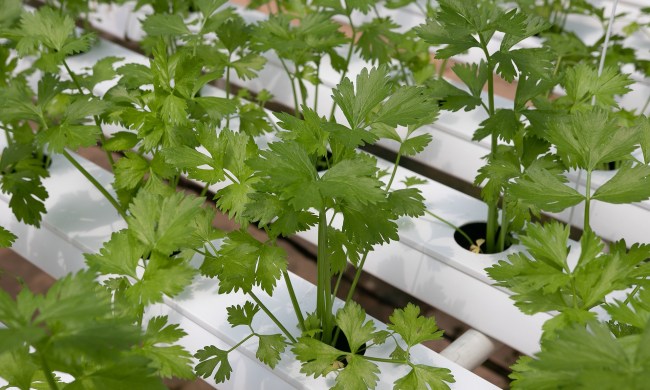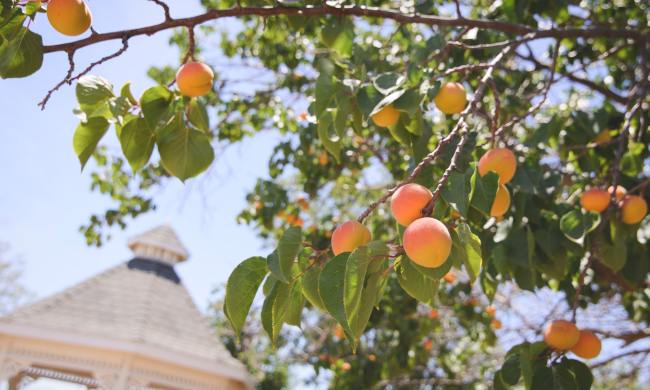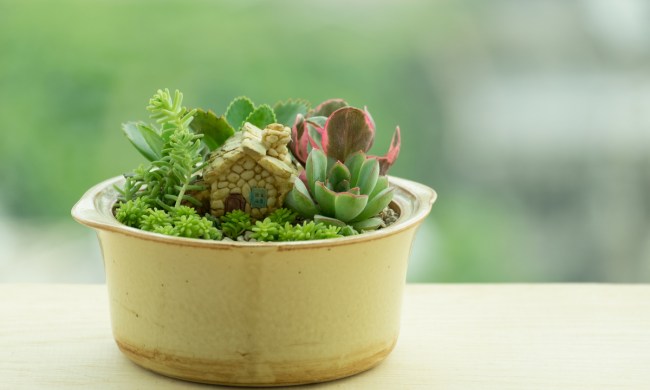Low-maintenance gardens aren’t just the stuff of fairytales. Weeding, pruning, watering, and fertilizing are inevitable parts of maintaining any home landscape. But the more time you spend on these things and other chores, the less time you have to enjoy your garden. Whether you’re a beginner gardener or someone who just doesn’t have the time or energy to constantly manicure your outdoor space, there are ways to make gardening fun and simple. Read ahead for easy tips on how to sustain a low-maintenance garden that you’ll cherish.
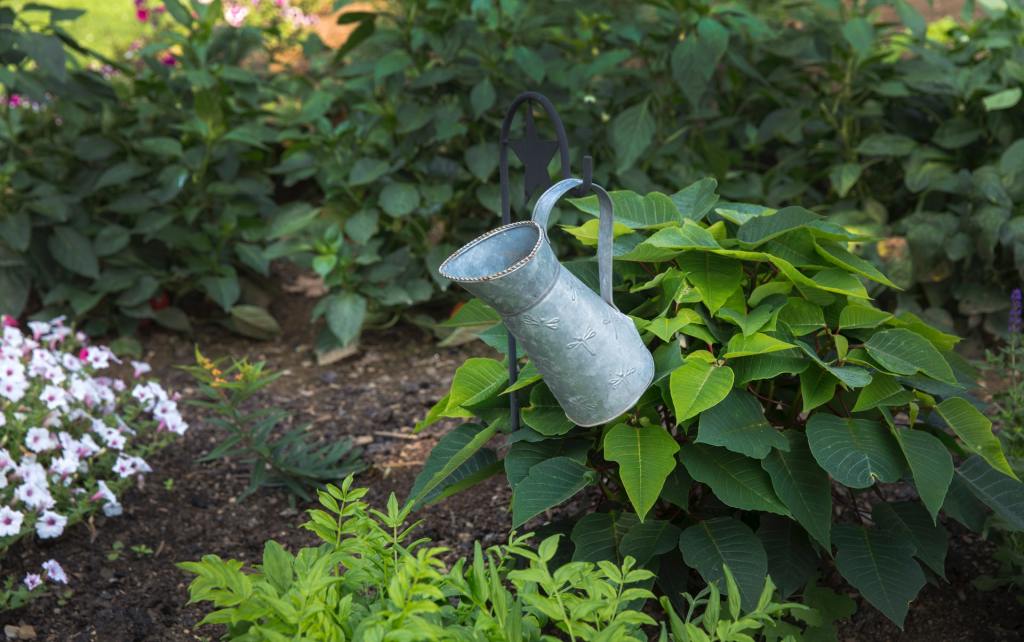
Plan your garden
A low-maintenance garden plan may sound paradoxical — you want to keep your landscape easy and fuss-free, not put a lot of time into developing it. However, a blueprint will save you wasted effort down the line. Place plants with similar requirements together based on their lighting and watering needs. You wouldn’t want to place a drought-tolerant cactus next to a humidity-loving begonia.
Putting plants with different needs together means that you may accidentally neglect or over-care for some plants. When designing your garden, keep plants that require more maintenance closer to your supplies so that you won’t have to move around as much to fetch your tools.
Planning your garden also means taking the time to seek out healthy plants. When you’re considering the long term, invest in plants with healthy foliage and roots to worry less about things like removing pests and pruning. Bigger plants are usually more foolproof than small plants, which may not have the root structure to survive in a new environment.
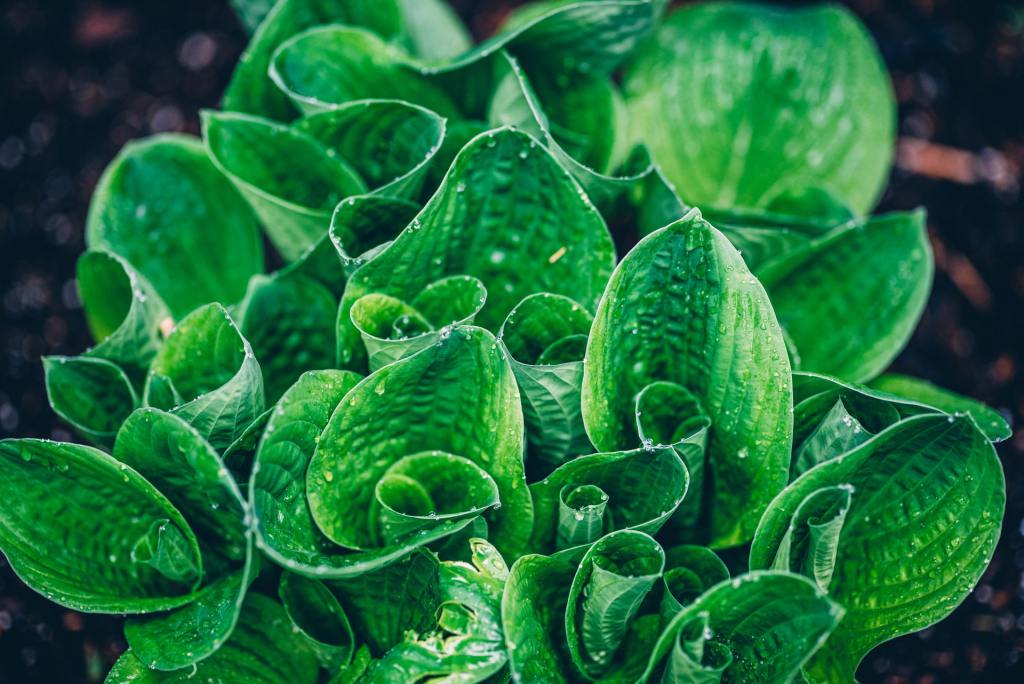
Invest in perennials
Annuals notoriously require a lot of effort. Not only do you have to plant them, but you also have to deadhead and dig them up repeatedly — only for them to eventually die. Instead of annuals, grab yourself hardy perennial flowers such as lilies and hostas. They grow back year after year, allowing you to enjoy a colorful garden without the fuss. What’s considered a perennial, of course, depends on where you live. Check the USDA Plant Hardiness Zone Map to see which plants can survive year after year in your particular region.
Narrow down your plant varieties
Consider keeping only five to 10 plant varieties in your low-maintenance garden. Obviously, you won’t have to look over as many plants, which already takes a load off your chores list. Having fewer plants also means that you can invest more individual attention to each species. As a result, your foliage has a better shot at staying alive so you won’t have to keep buying new plants to replenish your collection.
Consider adding rocks
Maintaining a green and well-manicured lawn requires consistent fertilizing, watering, weeding, and mowing. Hardscaping may initially require time and money, but it could save you from future hassle. Consider laying down pavers, bricks, and stones to frame your garden beds. While rock landscapes often require some weed control at first, you can keep weeds in check by placing down landscaping fabric and using an effective herbicide to manage growth.
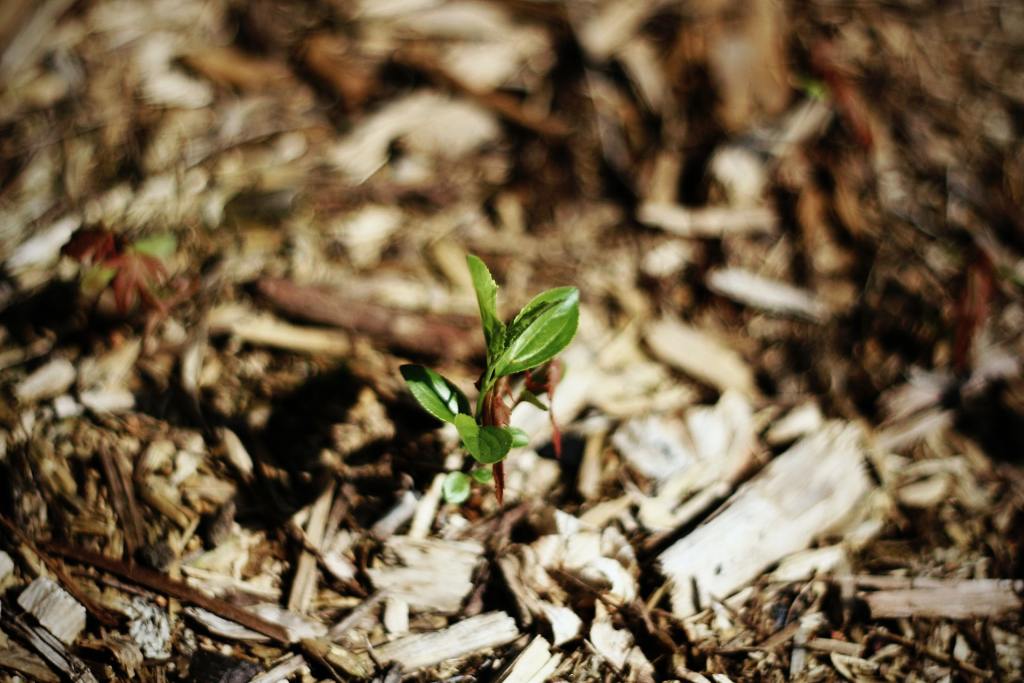
Mulch your garden
Relatively inexpensive, mulch retains soil moisture and prevents weeds. It typically consists of organic material such as tree bark, wood chippings, grass clippings, or leaves. As it breaks down, it can also fertilize your soil. On top of all that, you only need to lay down mulch once a year, so mulching isn’t a chore that requires constant maintenance. Mulch your bedding in the middle of spring once your soil warms up. Be sure not to over mulch, or else your plants may not get enough nutrients or moisture.
Containers and raised beds
Raised beds and containers can have pros and cons in the context of maintenance. Raised beds require extra digging and planting at the beginning. Over time, you’ll also have to occasionally water and weed raised beds. However, they offer more space and allow for beneficial microbes and earthworms, meaning you’ll have to worry less about fertilizing.
Containers may be better if you have less space and don’t want to deal with weeds. That said, they’re smaller than beds, so they dry out quickly, requiring consistent watering and fertilizing. Save your effort by using bigger pots and containers from the beginning.
Designing a low-maintenance garden will require initial thought, care, and yes, even a little labor. Once you figure out the logistics, however, you’ll be able to enjoy your garden without spending too much time worrying about upkeep. So get your perennials and garden soil ready for a beautiful, easy-care paradise.

